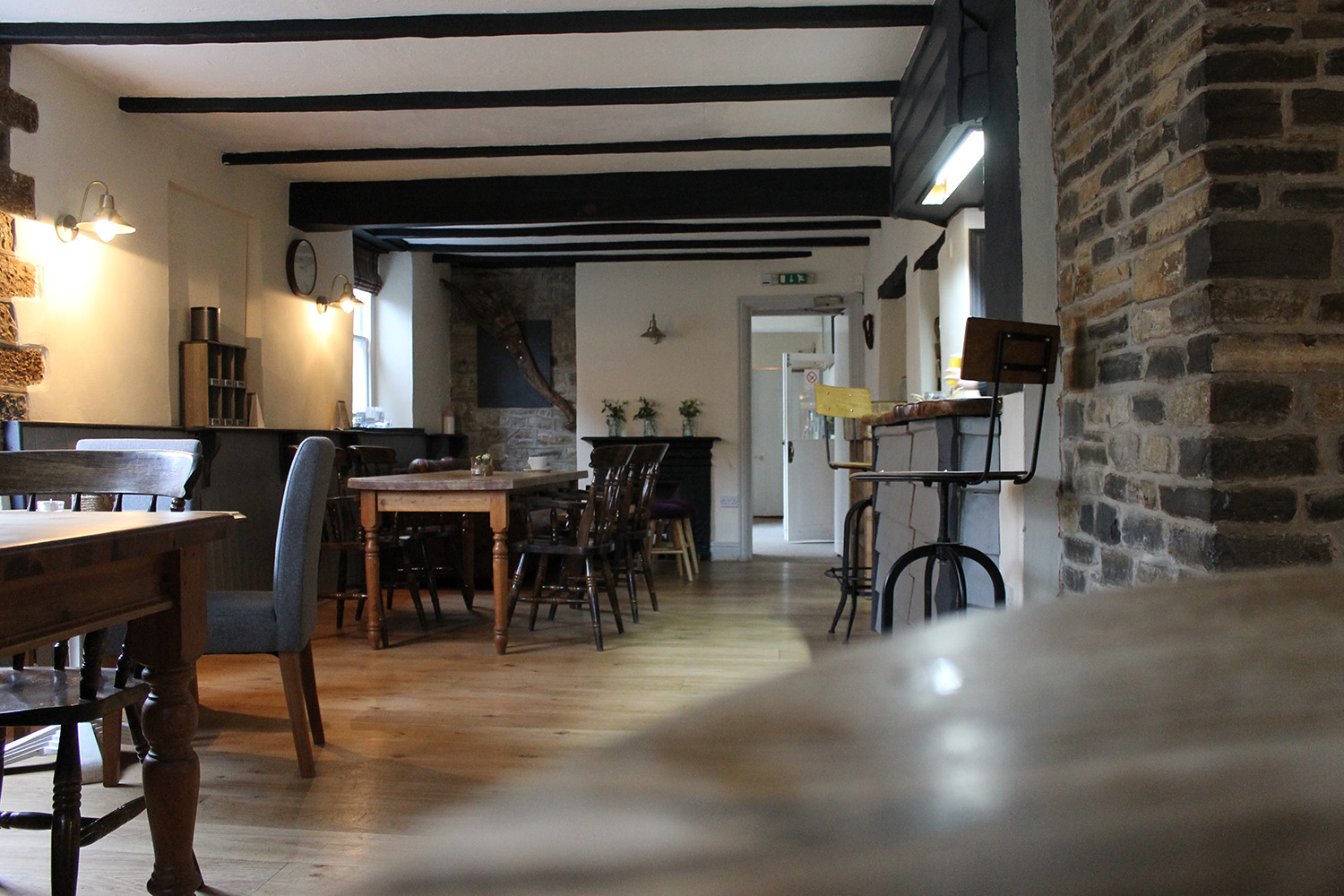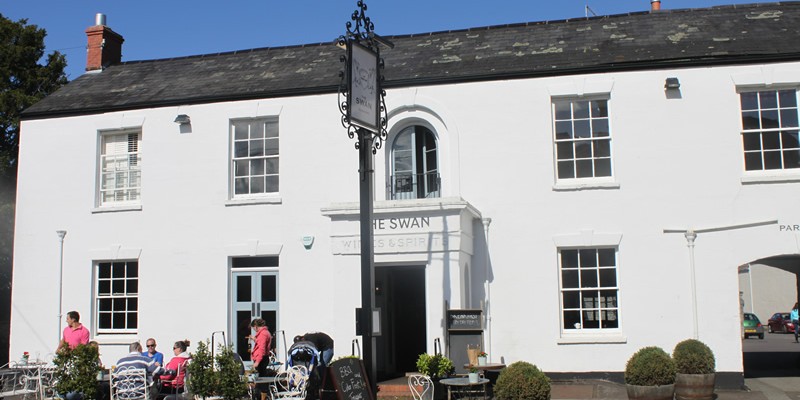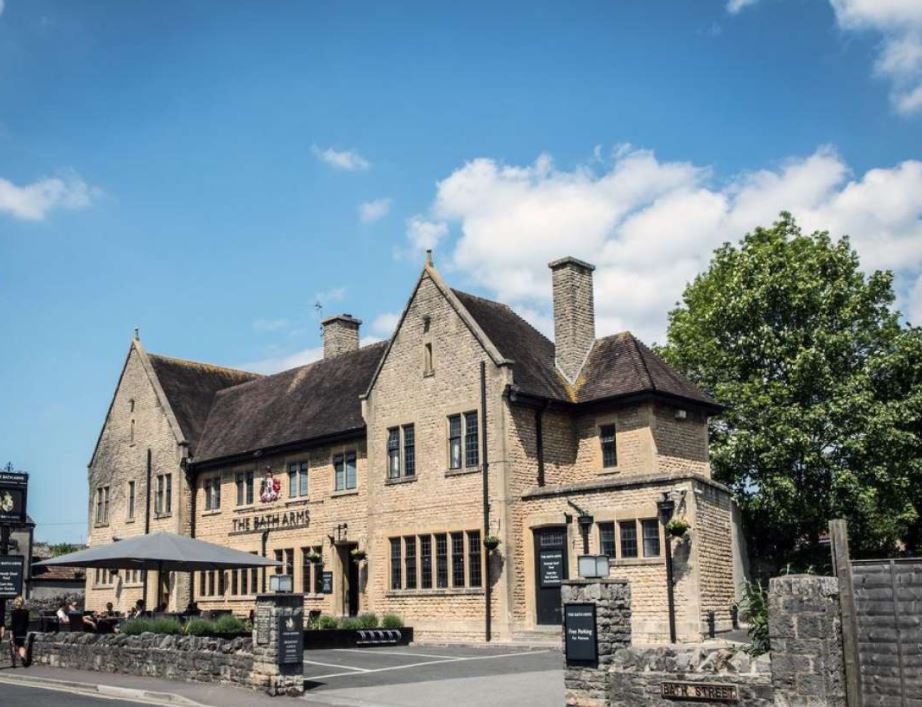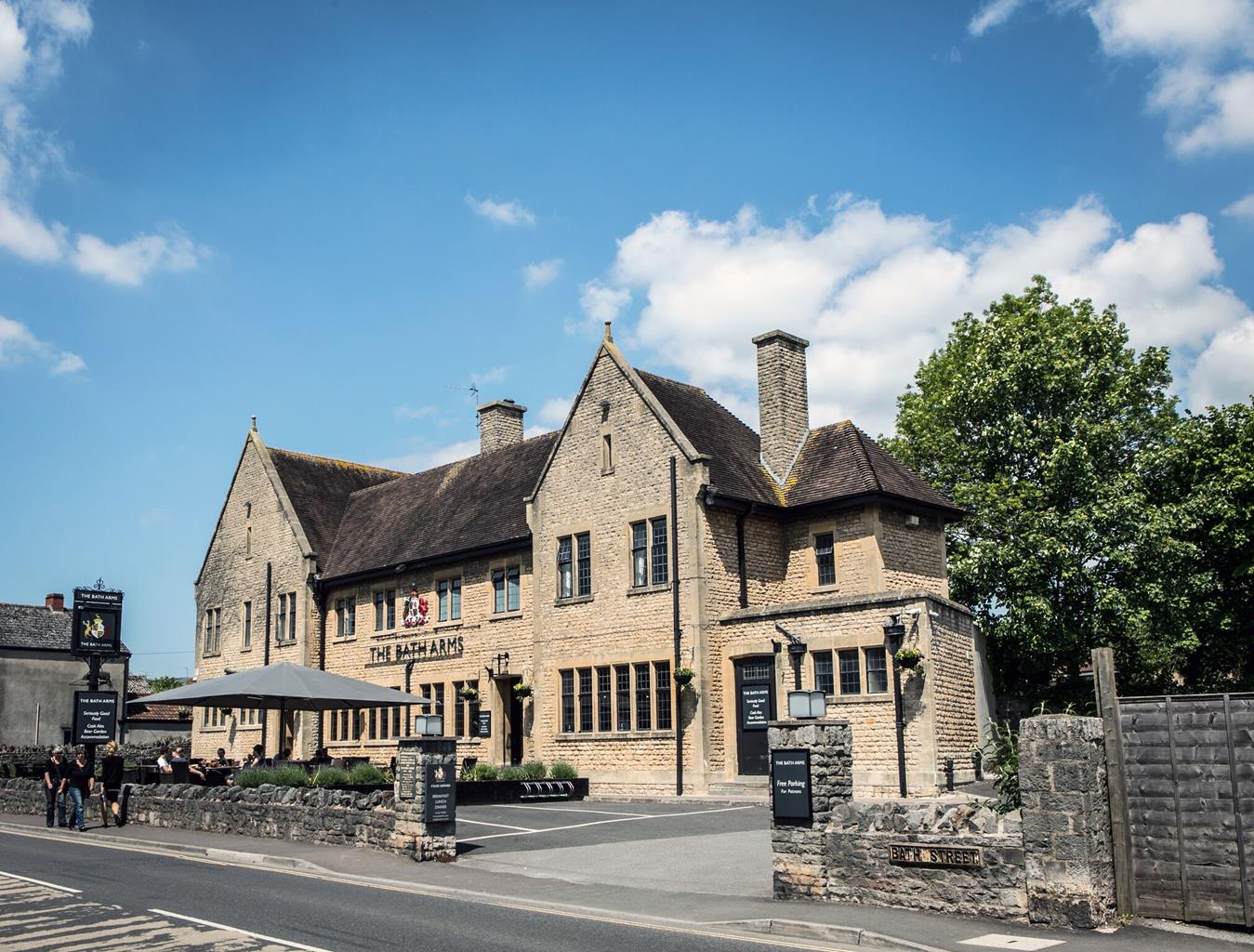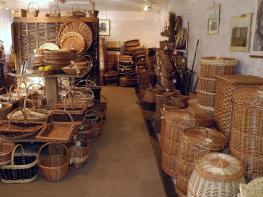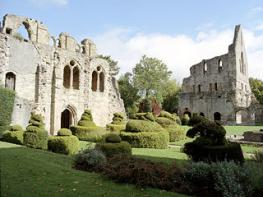A tranquil group of self-catering accommodation hidden deep in the Somerset countryside and only…
A Bridgwater ramble

From Bridgwater walk out beside a river and back beside a canal
6 miles (9.7kms)
About the walk
This walk not only takes you beside the canal and river, but gives a perfect opportunity to take in three centuries worth of traffic arteries. In the 1960s the M5 motorway cut journey times between the Midlands, London and Taunton in half. A century before, the railway had reduced the same journey from days to hours. But the coming of the canal, earlier still, had the greatest impact: a single horse, pulling a barge, could haul the loads of 800 pack-ponies. The 18th-century engineers who oversaw the canal system brought the Industrial Revolution to Bridgwater. Once a sleepy market town, the building of the Bridgwater and Taunton Canal opened up transport links that led to the development of the town as an industrial centre. The canal, first designed as part of a scheme to link the Bristol Channel with the English Channel, was opened in 1827 and once linked the River Tone with the River Parrett. Later in the 19th century it was run in conjunction with the railway system, but gradually, the railway’s faster, better network triumphed, and the canal closed in 1907. It was restored during the 1980s and re-opened for recreational purposes in 1994.
Industrial legacy
Bridgwater’s heyday was the 19th century, with over 3,600 ships using its port facilities. Coal came in from Wales and bricks and tile went out, either via the Bristol Channel or along the network of canals that penetrated much of England. This walk passes the flooded former site of the Bridgwater Brick and Tile Works, where reed beds now provide an excellent habitat for a good variety of water birds. These reed beds were once the haunt of the bittern, a bird rather like a small brown heron, that camouflages itself in the reeds by pointing its head and neck vertically upwards, and has a strange booming cry – but it has not yet returned to Bridgwater.
However, the sharp-eyed may spot otter slides running down into the river. At night the otters commute through the town centre to another flooded brickworks at Chilton Trinity. In June and July bird experts will be listening out for the very rare Cetti’s warbler. Swans operate along the canal in summer, and you’ll see a wide variety of water fowl, both on the canal and ponds at all times of year.
Carnival time
Hardworking people know how to party, and Bridgwater parties with the best, most notably in November, when the streets are packed with around 150,000 spectators enjoying the carnival. A hundred or more huge floats, each illuminated with up to 22,000 lights and complete with tableaux and dancers, process through the town for over 2 miles (3.2km), raising money for local charities and finishing at the town hall, where there’s a superb firework display.
Walk directions
Leave the car park back onto the road; turn right and again right into Plum Lane. Pass houses, with glimpses of the lake on your right. At the cupressus hedge fork left, and after 65yds (60m) keep ahead on path to side of River Parrett. Turn right to pass under the low arch of a railway bridge, the Somerset Bridge. Cross the attached footbridge and turn back left under another low arch. Continue upstream on a lane with the River Parrett now on your left. Reed beds and flooded ground are on the right, and you pass the Summerhayes Fisheries. Under the motorway the track turns aside to the right, ignore this and continue ahead next to the river. Go through one gate, and continue along a field to go through another gate into the Screech Owl Nature reserve (unsigned). The path leaves the reserve at a second gate, and continues beside the river on the embankment. It emerges at a gate onto a lane.
Turn right, crossing the railway by a bridge. As the lane rises again towards a second bridge, this time over the Bridgwater and Taunton Canal, turn right along the towpath. Head along the wide, smooth path: the canal is on your left, with glimpses of the Quantock Hills behind the modern distribution centre buildings in the distance. After 0.5 miles (800m) you reach the Boat and Anchor Inn. Continue past the inn and under the M5 motorway. About 0.25 miles (400m) later a small swing bridge crosses the canal at the end of Marsh lane.
Cross this and continue with the canal on your right. The towpath passes under the brick arch of Hamp Bridge. Keep the canal on your right to pass the sluice where the surplus canal water drains into the River Parrett, now running parallel with the canal. Opposite this, to your left, is a small pond. The tow path passes under a bridge, and, after 130yds (118m), a wider one carrying the A38, to join a tarred wide path. Fewer than 20 paces later turn left through a gap to turn right alongside Browne Pond to a tarred path. This rises to cross the canal on another little brick bridge. On the other side, take the right fork to arrive at a large crossroads with traffic-lights.
Cross the A39 on your left and turn left into Taunton Road. After approximately 300yds (274m), cross the road to the church and bear right along Cornhill to reach the Blake Statue. Continue ahead down pedestrianised Fore Street to cross a railed bridge over the River Parrett.
Turn right along Salmon Parade. Cross the A38 into a riverside lane signed ‘Colley Lane Industrial Estate’.
After 350yd (320m), opposite a fire station, a concrete ramp leads up the gravel path beside the river. Follow this along and under Somerset Bridge, then retrace your steps to the car park.
Additional information
Broad, made-up paths and a smaller riverside path
Reed beds and tidal riverside, tree-lined tow path
Off-lead on tow path and most of riverside; no fouling
OS Explorer 140 Quantock Hills & Bridgwater
Dunwear Ponds car park (free) at southeast corner of Bridgwater
Blake Park, where A39 crosses River Parrett
WALKING IN SAFETY
Read our tips to look after yourself and the environment when following this walk.
Find out more
Also in the area
About the area
Discover Somerset
Somerset means ‘summer pastures’ – appropriate given that so much of this county remains rural and unspoiled. Ever popular areas to visit are the limestone and red sandstone Mendip Hills rising to over 1,000 feet, and by complete contrast, to the south and southwest, the flat landscape of the Somerset Levels. Descend to the Somerset Levels, an evocative lowland landscape that was the setting for the Battle of Sedgemoor in 1685. In the depths of winter this is a desolate place and famously prone to extensive flooding. There is also a palpable sense of the distant past among these fields and scattered communities. It is claimed that Alfred the Great retreated here after his defeat by the Danes.
Away from the flat country are the Quantocks, once the haunt of poets Samuel Taylor Coleridge and William Wordsworth. The Quantocks are noted for their gentle slopes, heather-covered moorland expanses and red deer. From the summit, the Bristol Channel is visible where it meets the Severn Estuary. So much of this hilly landscape has a timeless quality about it and large areas have hardly changed since Coleridge and Wordsworth’s day.
Nearby stays
Restaurants and Pubs
Nearby experiences
Recommended things to do
Why choose Rated Trips?
Your trusted guide to rated places across the UK
The best coverage
Discover more than 15,000 professionally rated places to stay, eat and visit from across the UK and Ireland.
Quality assured
Choose a place to stay safe in the knowledge that it has been expertly assessed by trained assessors.
Plan your next trip
Search by location or the type of place you're visiting to find your next ideal holiday experience.
Travel inspiration
Read our articles, city guides and recommended things to do for inspiration. We're here to help you explore the UK.


